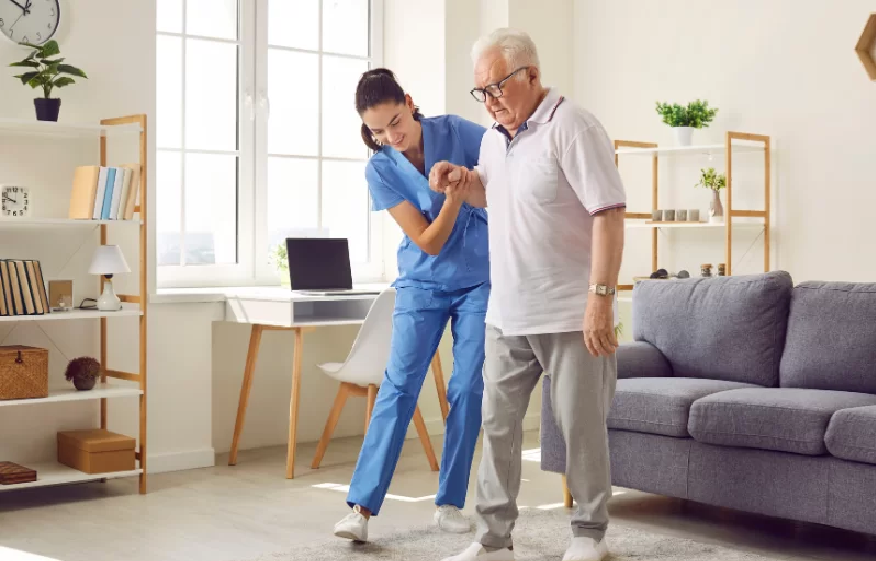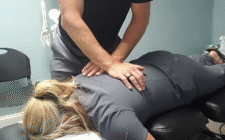Parkinson’s is quite complicated, but those living with it have numerous opportunities to make their lives useful and as comfortable as possible. Parkinson’s is a nerve disorder that affects one’s capacity to move with normal coordination and to carry out normal activities.
The purpose of this article is to briefly discuss an approach to addressing what strategies can be used to perform basic tasks during the day and how to improve mobility, and therefore, the level of independence of the client.
Below we discuss what you need to know about Parkinson’s Disease Home Care – Our Specialty Care Service.
Establish a Routine
Some of the best strategies for Parkinson’s disease are to establish and follow a daily schedule. Predictable routines are achievable, and they can be used to control the manifestations of the disability while also reducing stress. This should involve setting time to take medicine, eat, exercise, and even relax or sleep.
Understanding that pleasure-promoting activities, including leisure activities or social contacts, improve quality of life is important. Having a routine is also useful when it comes to having physical symptoms, but also beneficial for having a healthy state of mind due to the monotony and feeling of being able to do something about it.
Engage in Regular Exercise
Physical activity is essential for people living with the Parkinson’s disease; it has a significant impact on their quality of life. Some of the exercises one should undertake in order to always be mobile, balanced, and flexible include walking, swimming, cycling, and weight training.
Also, specially recommended exercises—tai chi or boxing, for instance—can aid coordination and reduce stiffness that is characteristic of Parkinson’s disease. Thus, the exercise regimen has to be chosen based on the capabilities and preferences of patients, beginning with exercises that are feasible and increasing the level of difficulty only to the extent possible.
Adapt Your Environment
Lifestyle changes should be made to significantly increase safety and comfort in the home environment. These include placing bar holders in the bathroom, the use of slip-resistant mats, adequate lighting of areas and corridors, and much more.
Cluttering the living places and using assistive devices like ergonomic tools or mobility instruments help enhance daily functioning. Also, using problem-solving techniques such as labeling items or having reminders would help in the reduction of related cognitive alterations.
Get Help and Be Social
Parkinson’s disease being a chronic illness, is less complicated to manage than when one is all alone. Nowadays, there are many support groups that can be found on the internet or through attending meetings; they offer both emotional encouragement and useful advice from patients who understand all the difficulties of the disease.
Cancer patients should also speak to their physicians about any signs and changes that they experience or any procedures to take.
Conclusion
Parkinson’s disease does not exclude people from enjoying a good quality of life, and one has to cultivate normality in their daily exercise, modify their environment, and share the journey with others.
Thus, by applying these strategies in their daily lives, persons with Parkinson’s disease can reduce the actual impact of symptoms on the quality of their lives and extend the period of time during which they can continue to live without assistance.




